Duct heaters work with existing central forced-air heating systems to preheat fresh air or returned air. The central air handler filters the air, re-heats it and blows it through the ductwork. The conditioned air is distributed throughout the building and is then returned to the central air handling unit (AHU). Read More…
Backer Hotwatt is a superior designer & manufacturer of electric heaters and related heater accessories for various OEM & industrial applications.
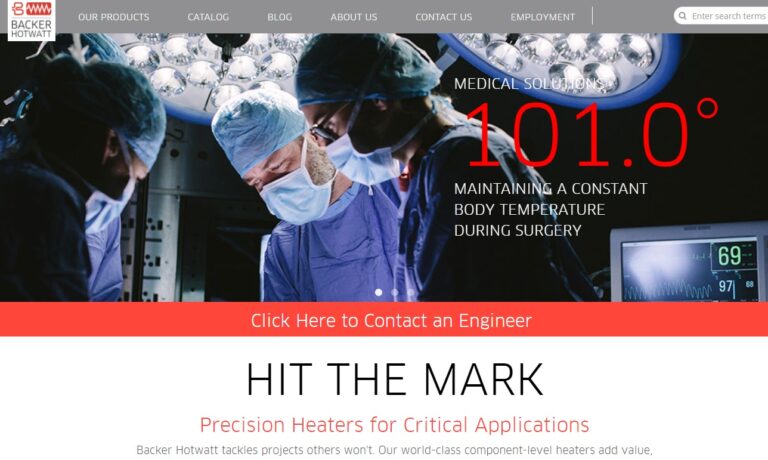
At Cartridge Heaters Maxiwatt, we specialize in producing high-quality heating elements designed to meet the diverse needs of our clients across various industries. Our advanced heating elements are engineered with precision and built to last, providing reliable and efficient performance in even the most demanding applications. Utilizing cutting-edge manufacturing techniques and the finest...

For more than 70 years, Ulanet™ has been engineering and manufacturing electric heaters, cartridge heaters, immersion heaters, tubular heaters, miniature strip heaters and bolt hole heaters, as well as industrial heaters and appliance thermostats.
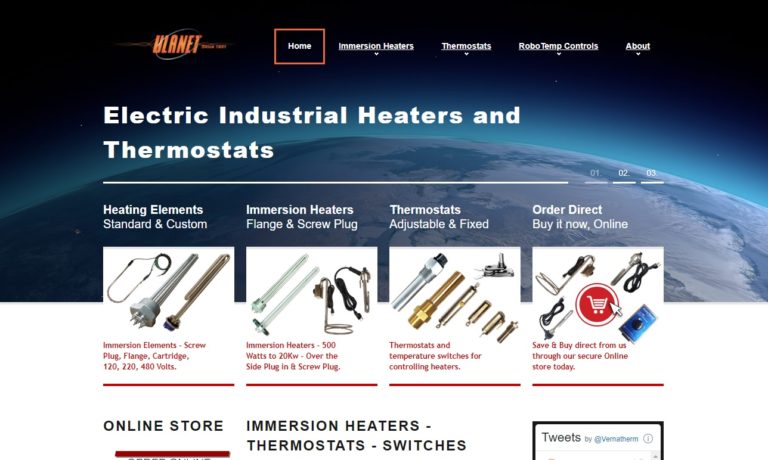
Backer Marathon is your premier manufacturer of electric heaters and a wide range of other heating components. Our inventory includes cartridge heaters, band heaters, coil heaters, and more. We have thousands of standard electric heater models, and our engineers are capable if designing a custom heater for more complex specifications. No matter what component you require, Backer Marathon is...
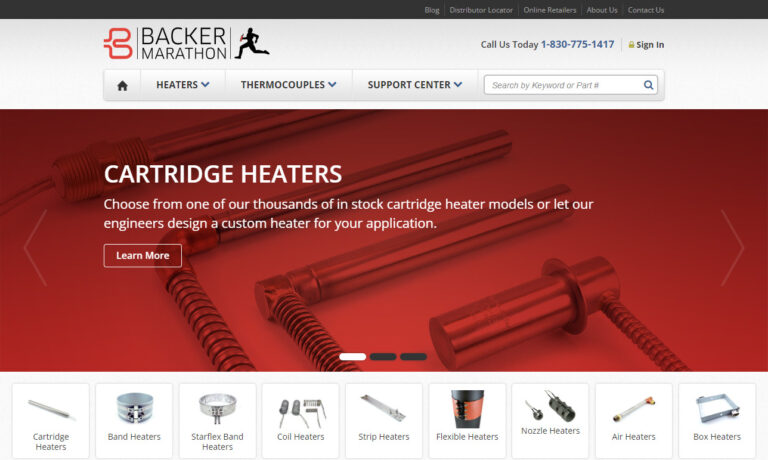
i-Heat designs and manufactures custom heating elements from a variety of materials. Our products include Silicone Rubber, Polyester Film, Kapton® Polyimide, High Temperature, Mica, Ceramic and Enclosures Heaters. We manufacture drop-in sub-assemblies with sensors, thermostats, fuses, cords and plugs.

Dayco is a manufacturer of a variety of industrial heating and process equipment, including air electric heaters. Direct fired air heaters, indirect fired air heaters, make-up air heaters, recirculating air heaters, as well as custom heaters. Combustion systems and combustion parts and accessories are also available.
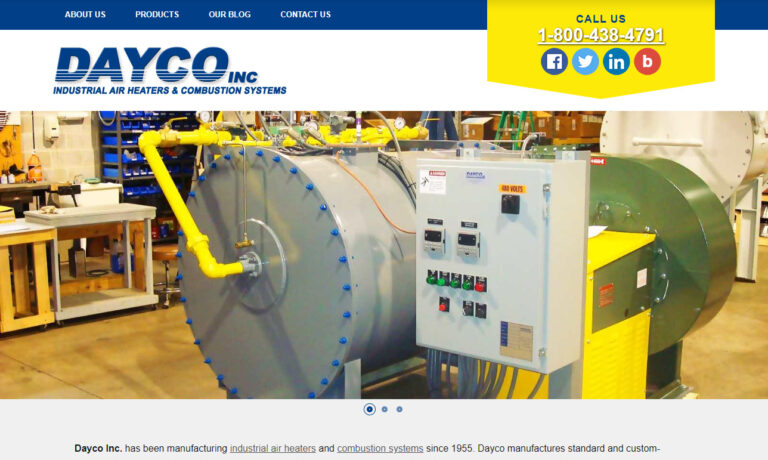
DBK designs, develops and manufactures quality standard and custom electric thermal solutions. In addition to a full line of electric heaters, we provide heating elements and heater systems as well as thermoelectric coolers and filtered fan systems. Our expertise gives us the ability to adapt our technologies to find your thermal control solution from immersion heaters to ceramic heaters and more.
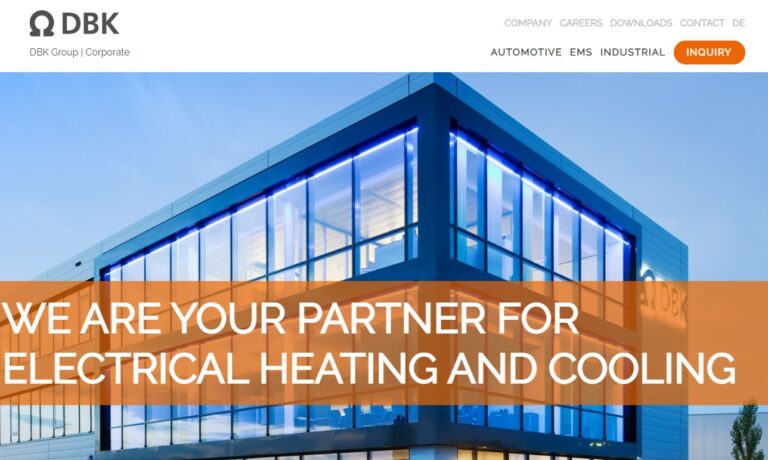
More Duct Heater Manufacturers
Electric heater manufacturers generally construct duct heaters in rectangular or square box configurations, but they can create rounded ones for the best fit in certain sheet metal ductwork.
Consisting of two major components, the heating elements and the electric terminal within the boxed framework, duct heaters can be bottom mounted, flange mounted, round collar mounted or slip-in and are easily installed in existing or new HVAC systems, with the heater control panel mounted in any convenient location.
The two types of heating elements used in duct heaters are open coil and tubular (standard and finned), each offering certain advantages.
Open coil elements are coils of nickel chrome wire that are very popular due to excellent heat dissipation; however, tubular elements are more suited to demanding environments as they are sheathed with protective covers of metals such as aluminum, iron, stainless steel or steel.
Because of their sheathes, tubular elements are slower to respond but can hold up to humid and dusty atmospheres, and fins are used to help more quickly distribute the heat. Sheathed elements, especially finned varieties, offer a very long life with less maintenance and lower risk of fire and electric shock.
Choosing the right heating element, electrical components and controls is essential to achieving the highest economy and efficiency from a duct heater. Temperature sensing duct heaters can be encoded to regulate electric heat output based on a desired temperature, and modulating controllers can allow successful duct heater operation in even extremely low air flow. Plus, electronic enclosures act as moisture/debris resistant and explosion proof housings.

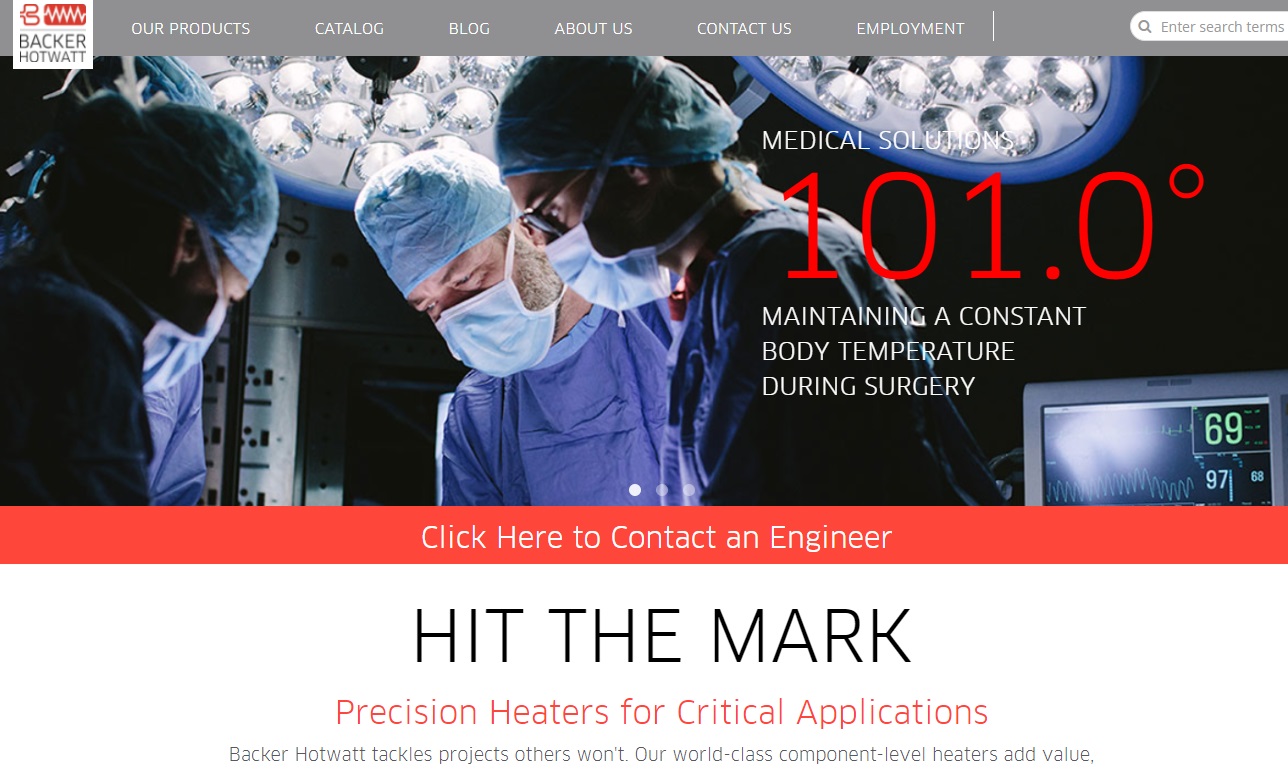

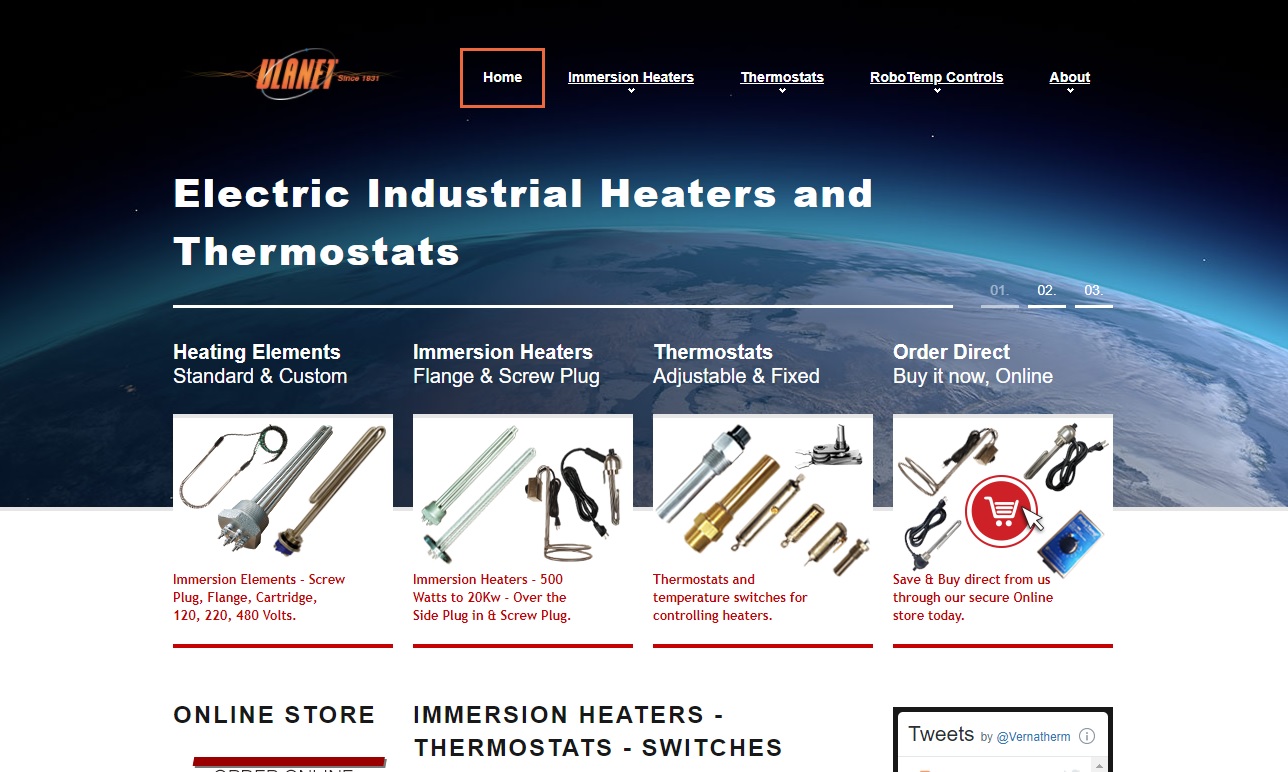
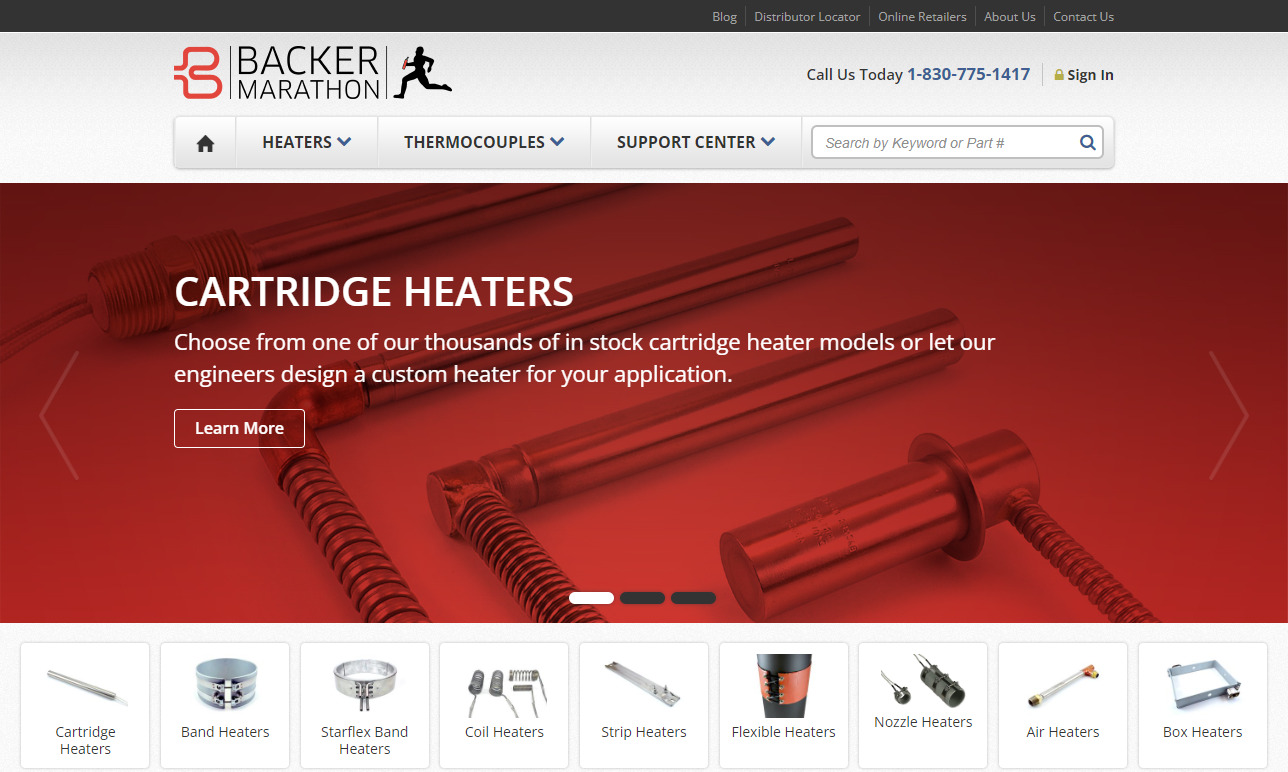
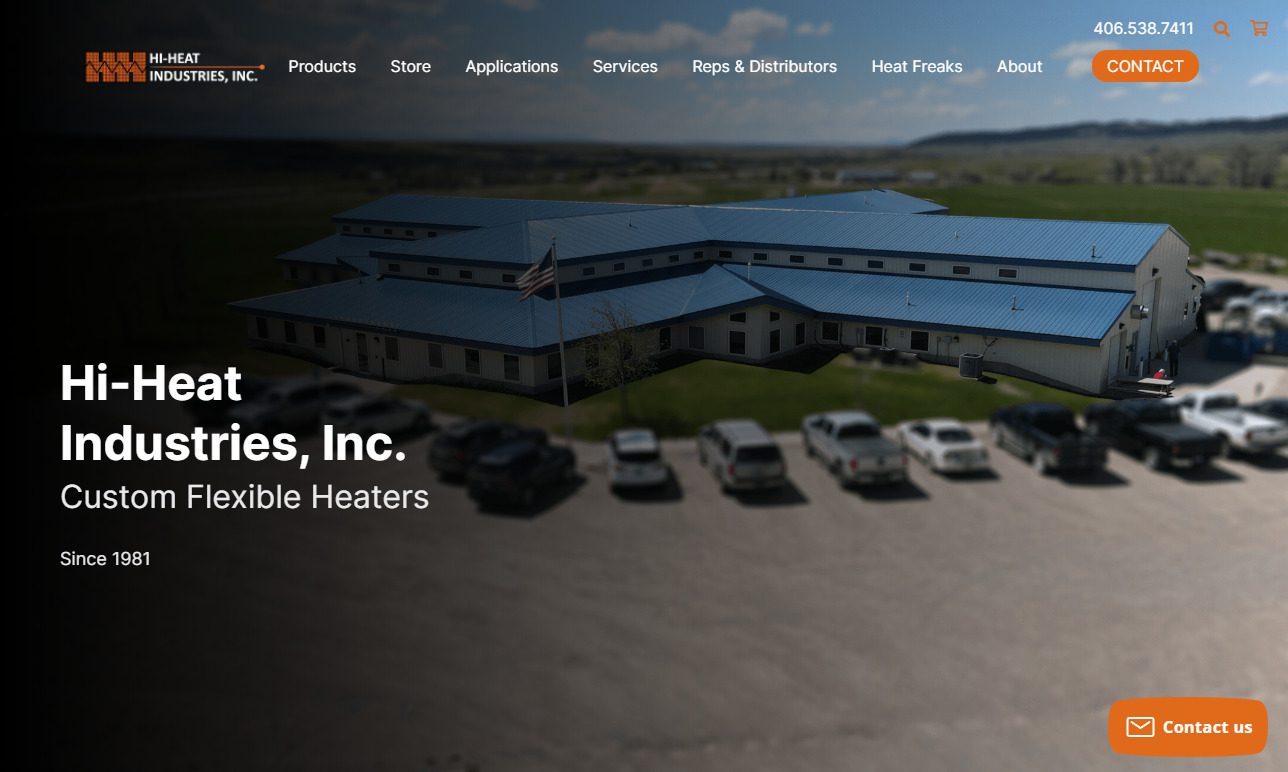
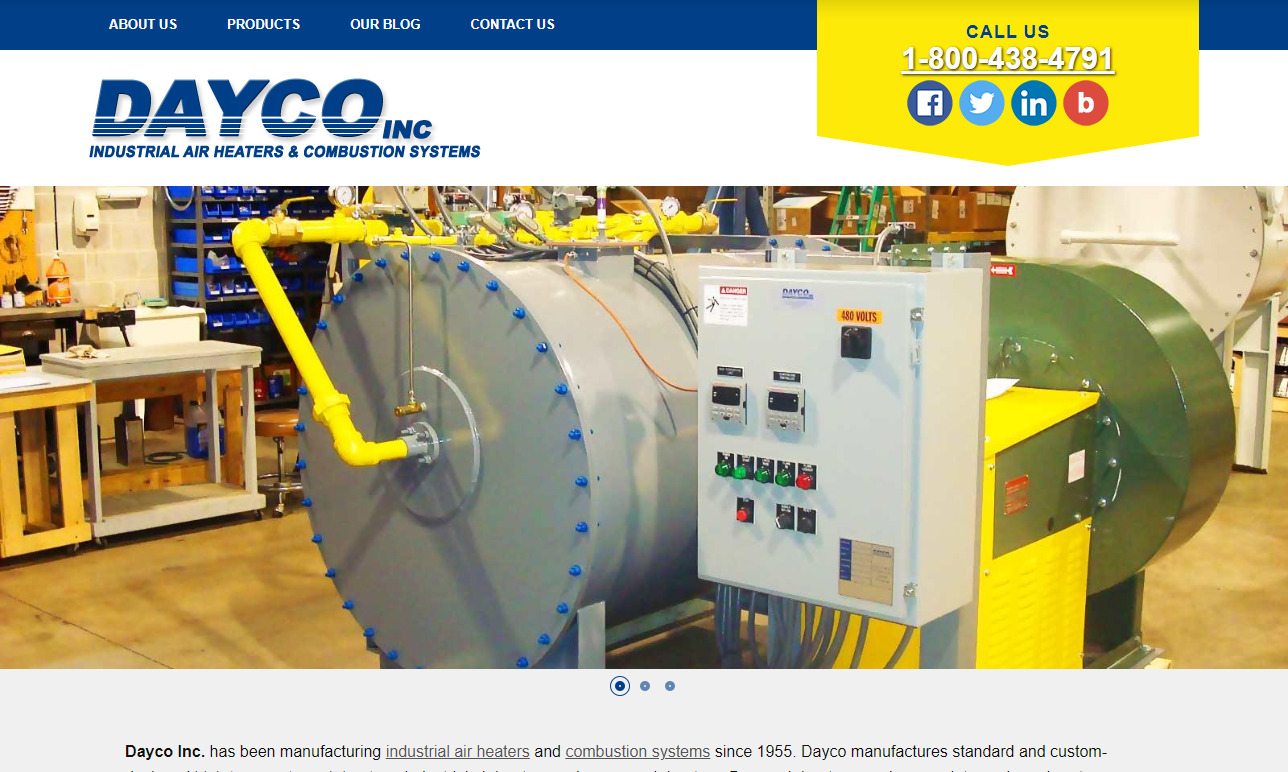
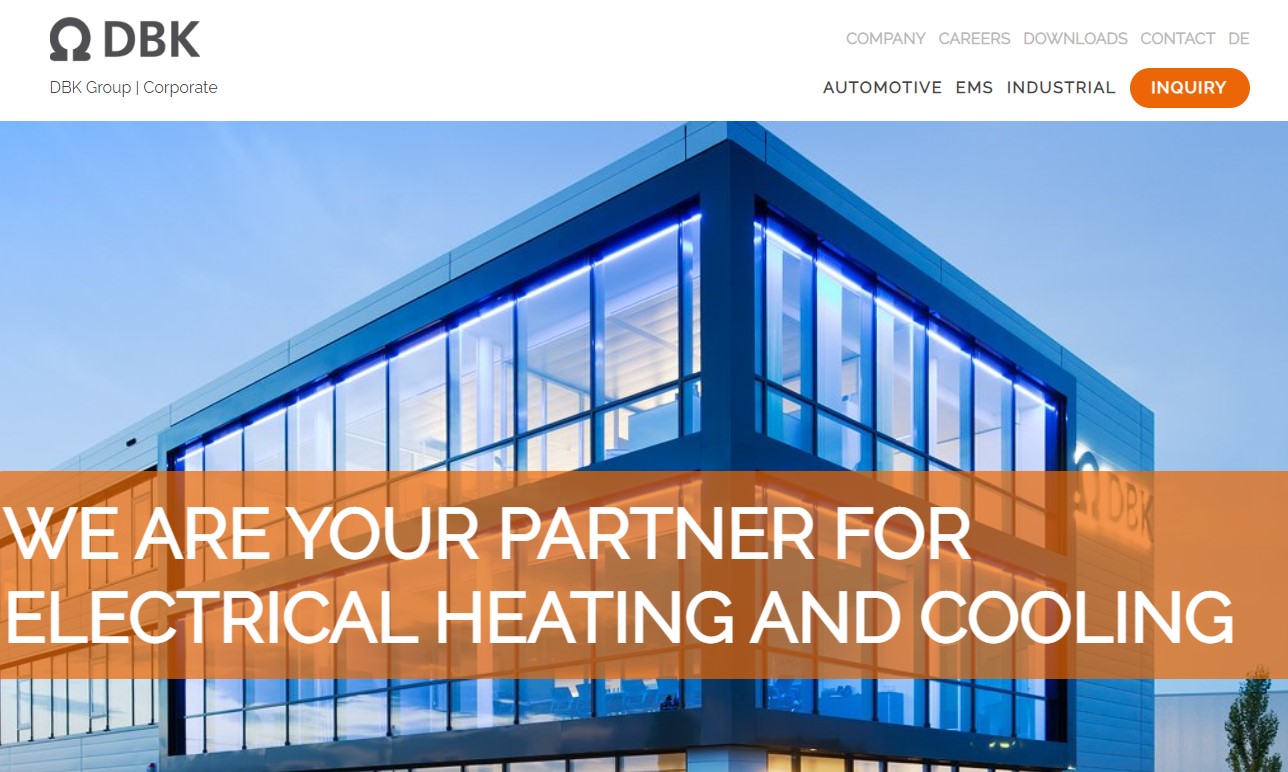
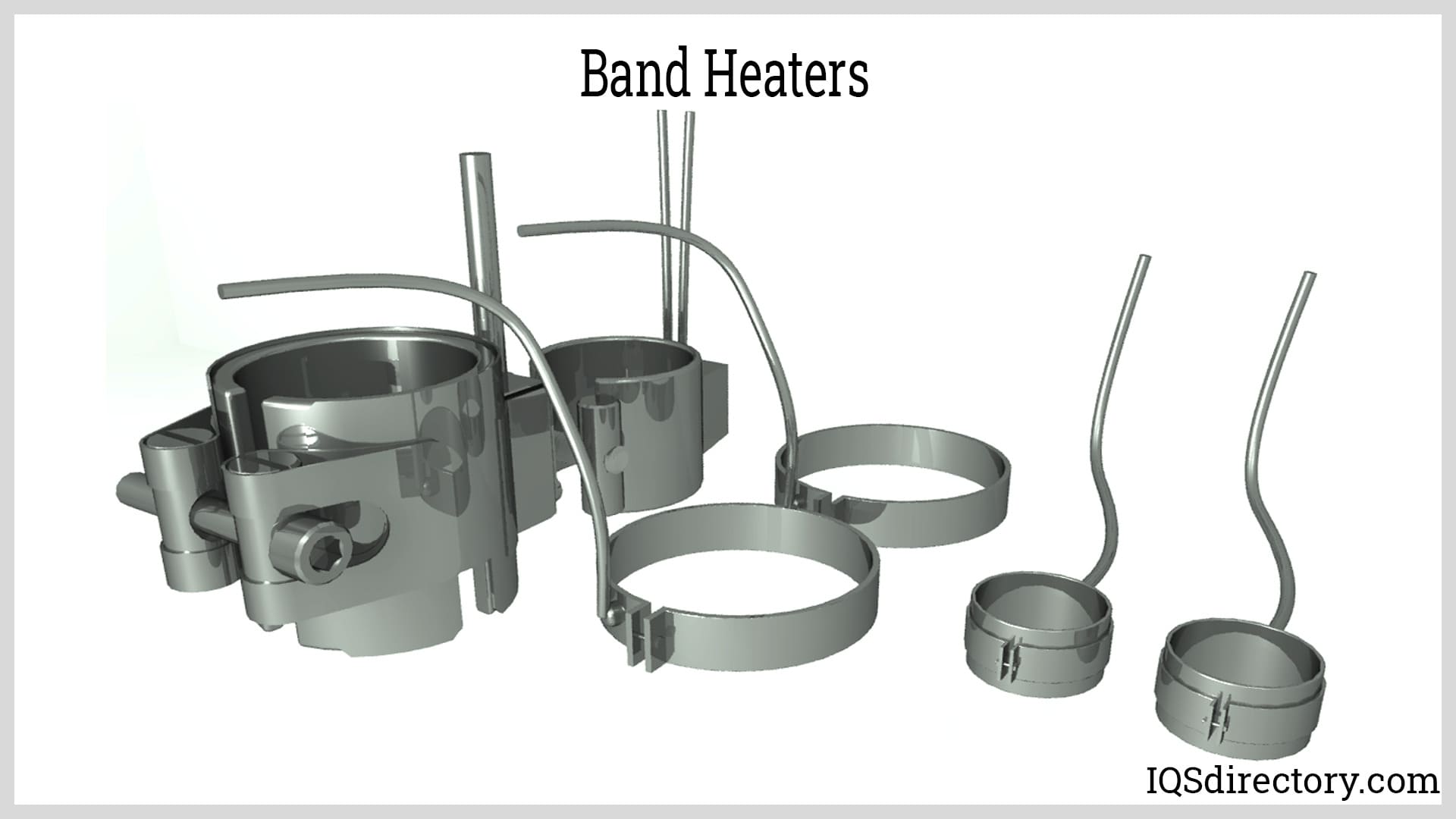
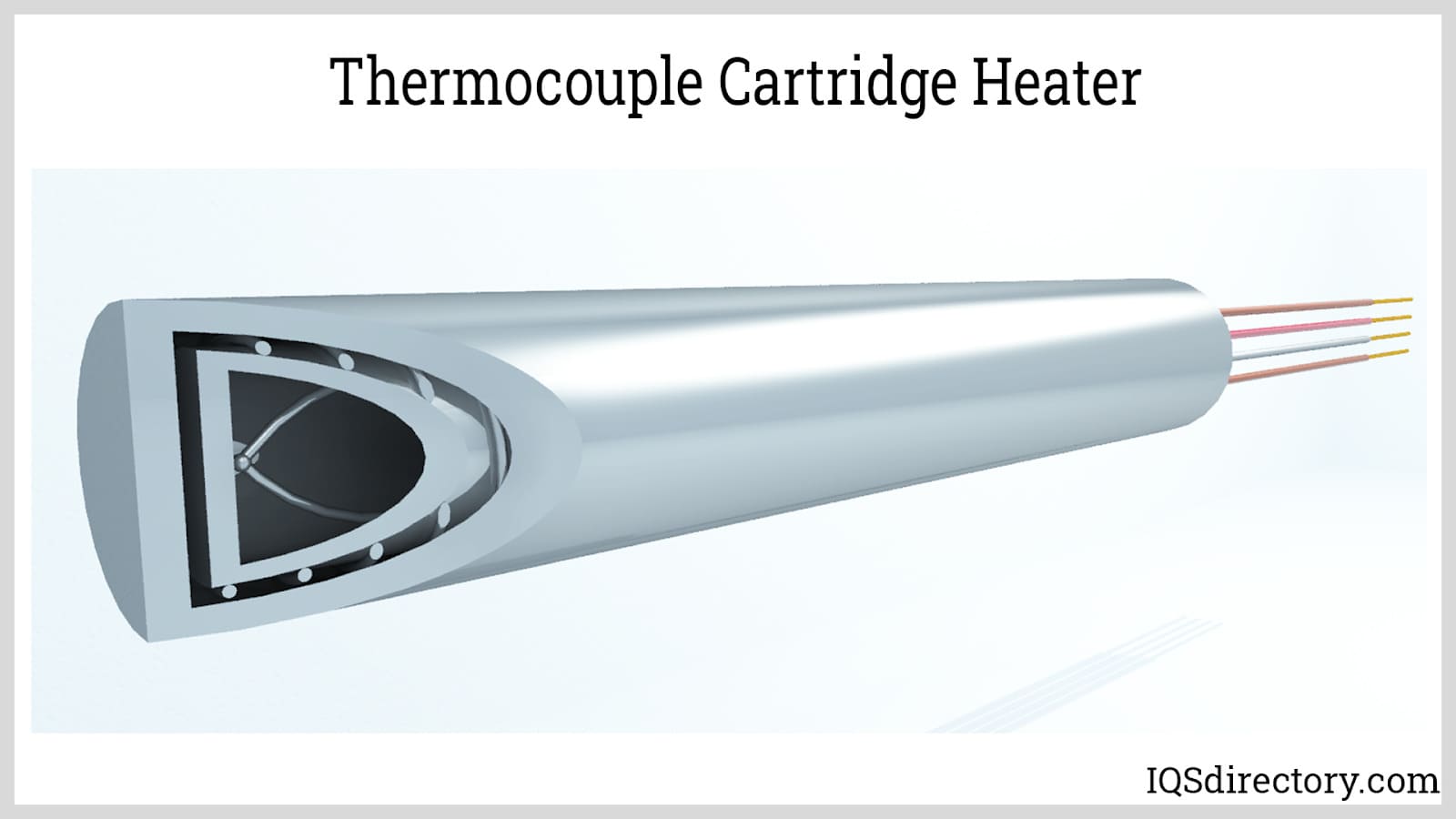
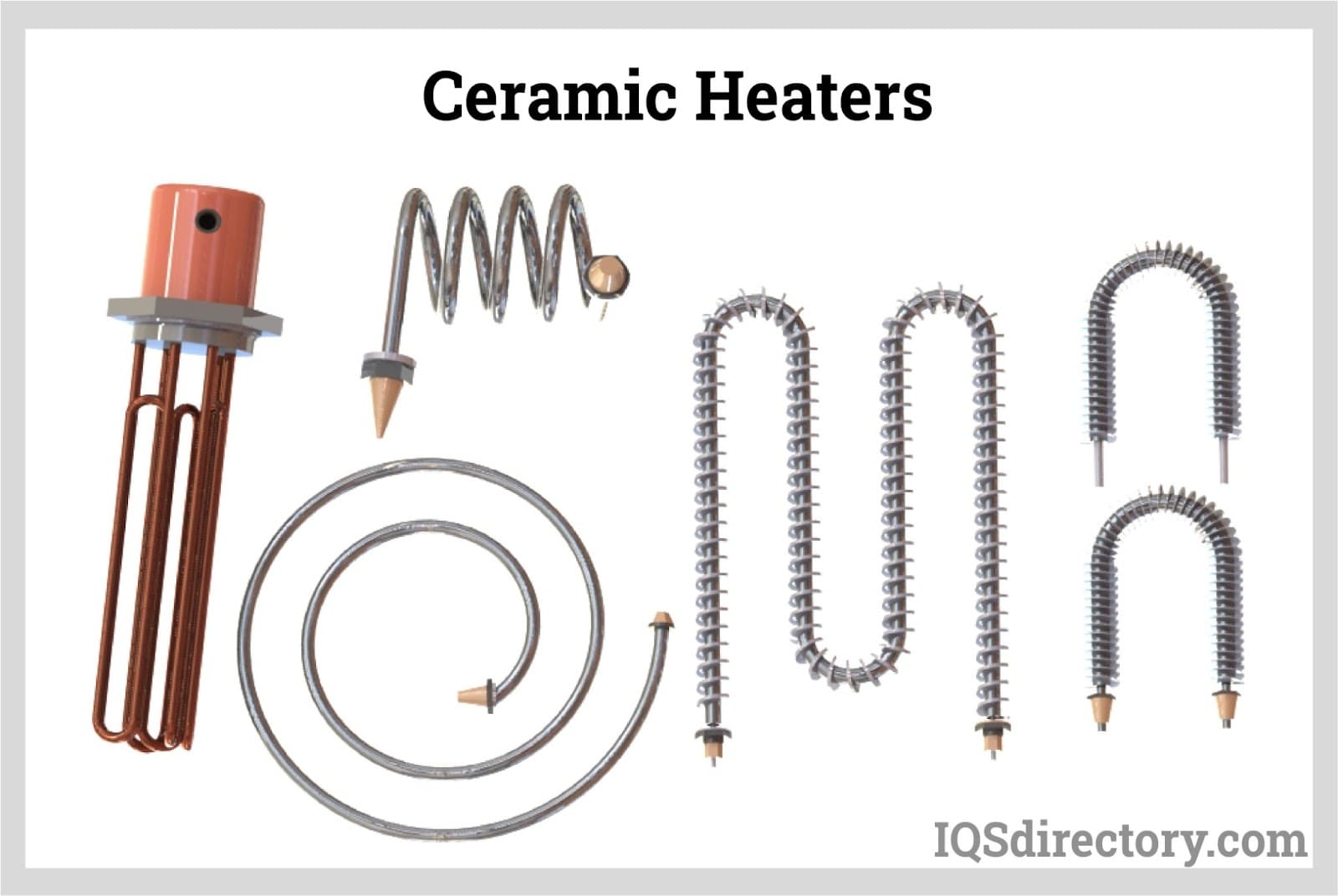
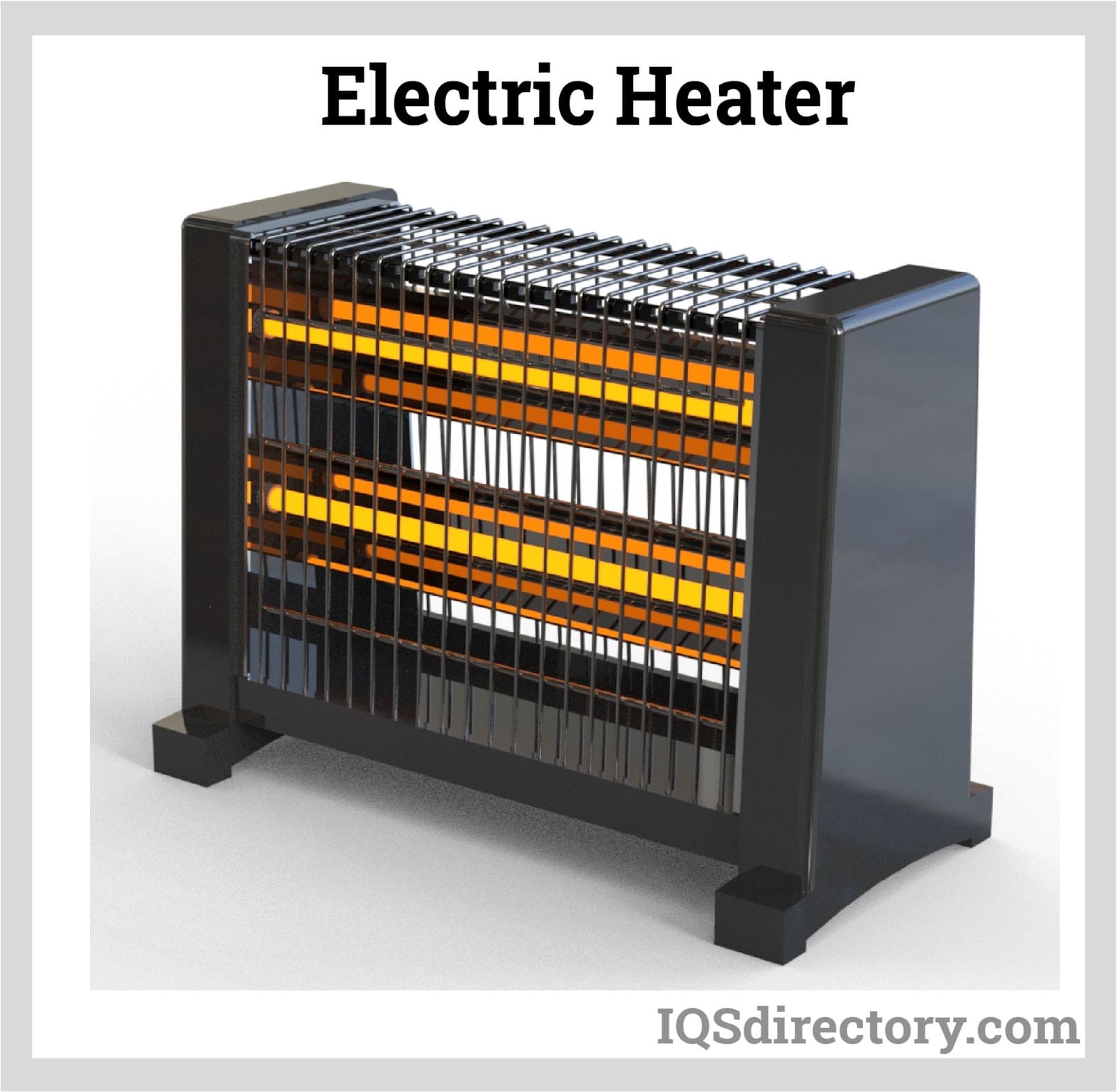
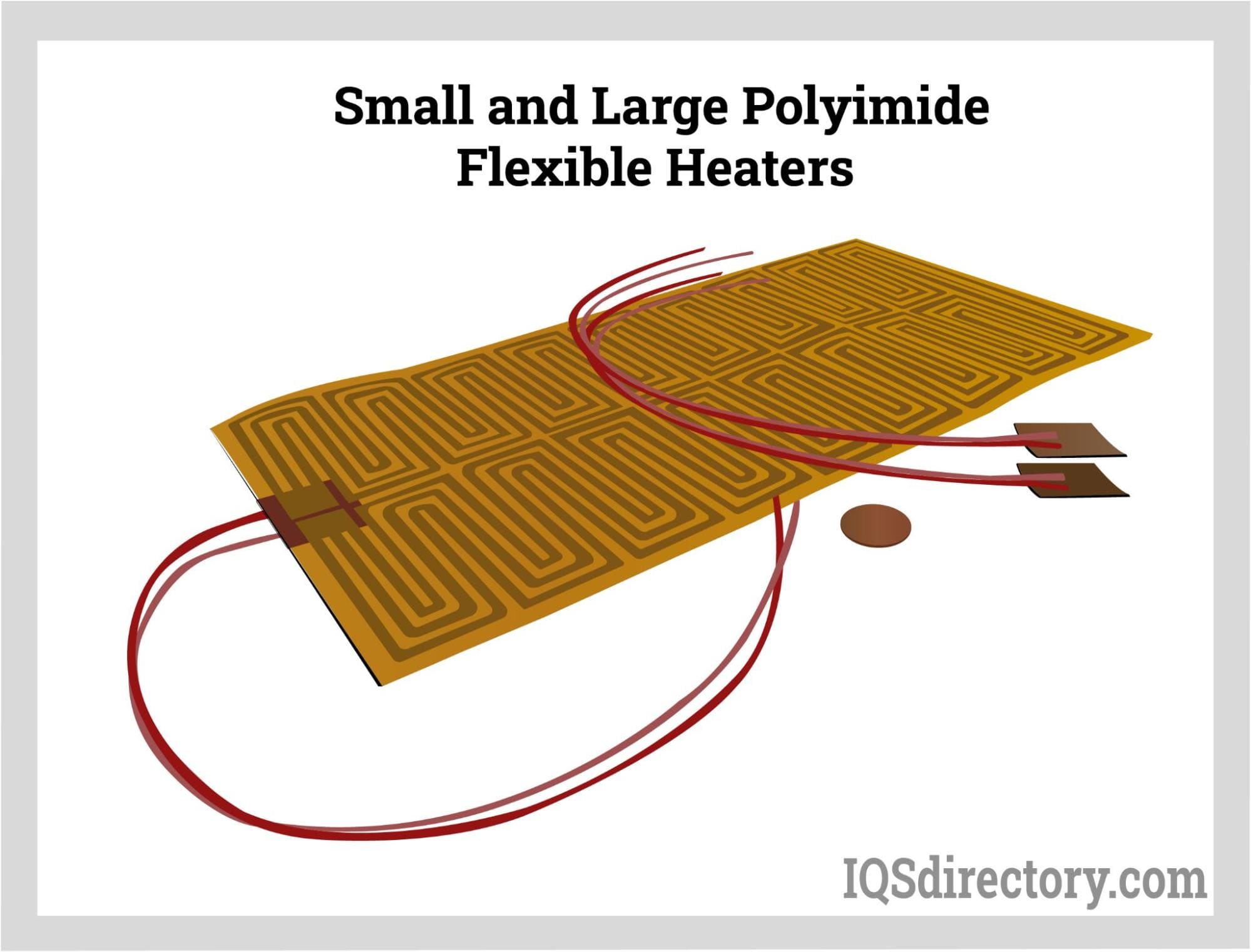
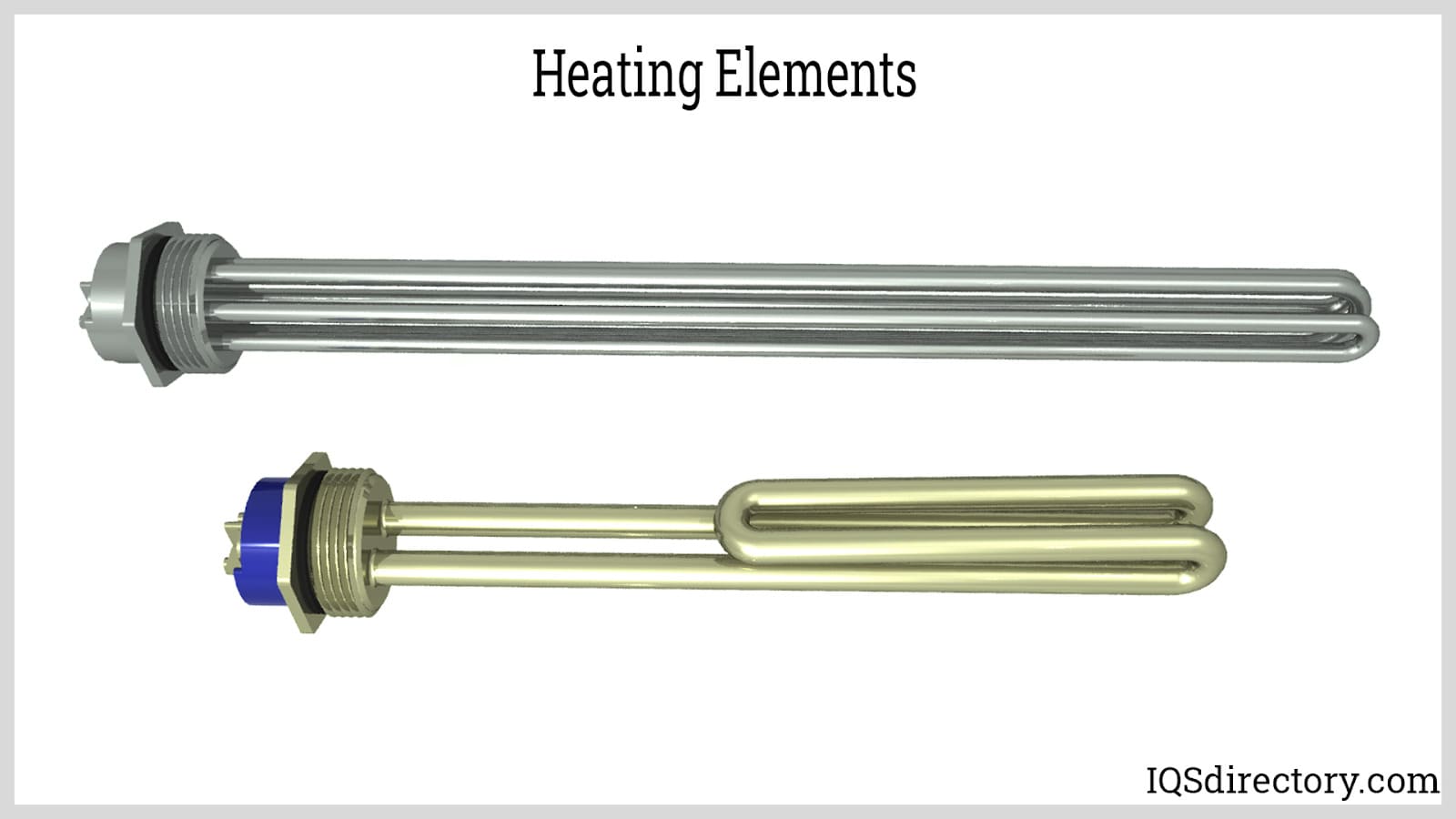
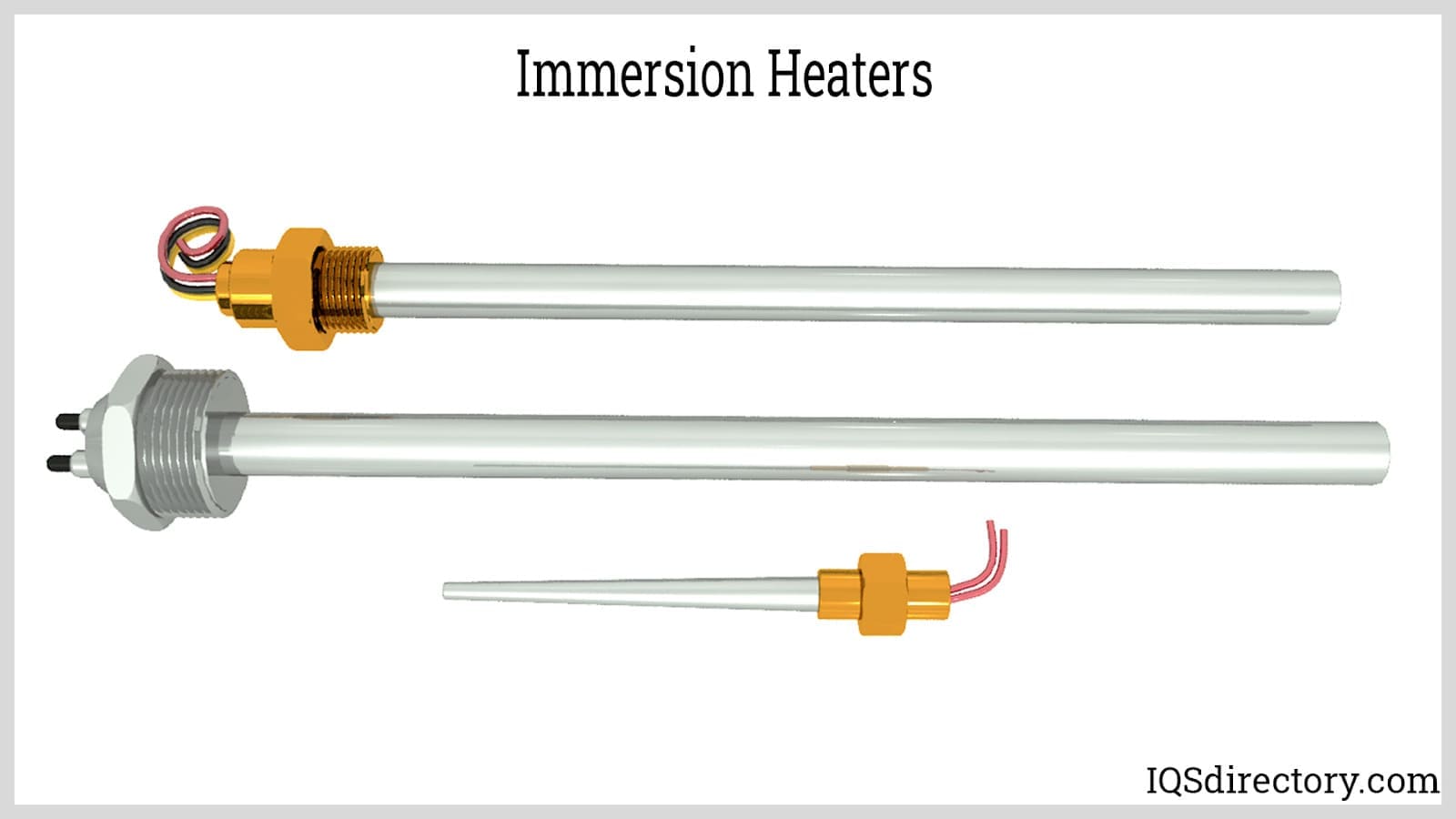
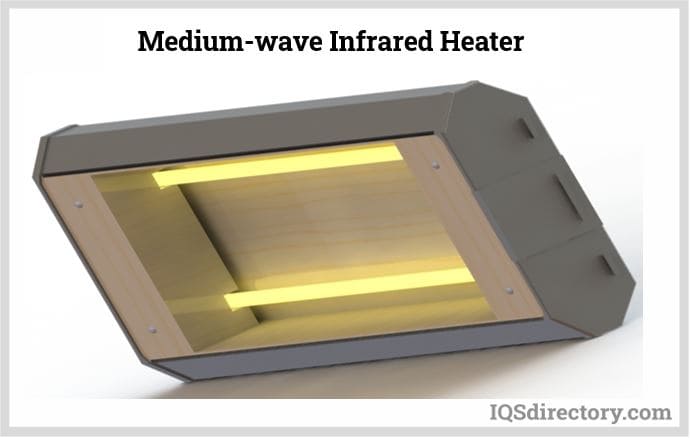
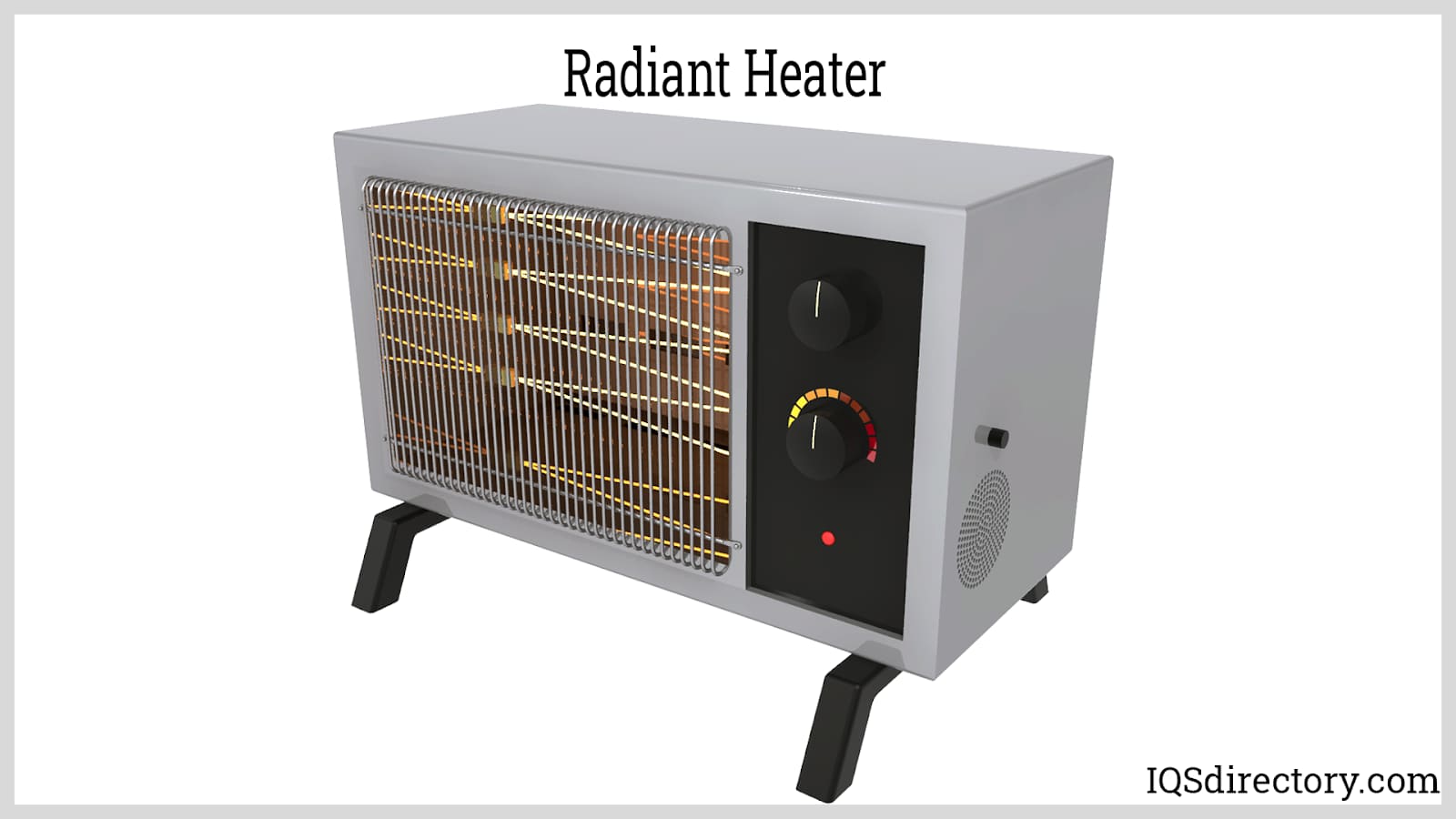
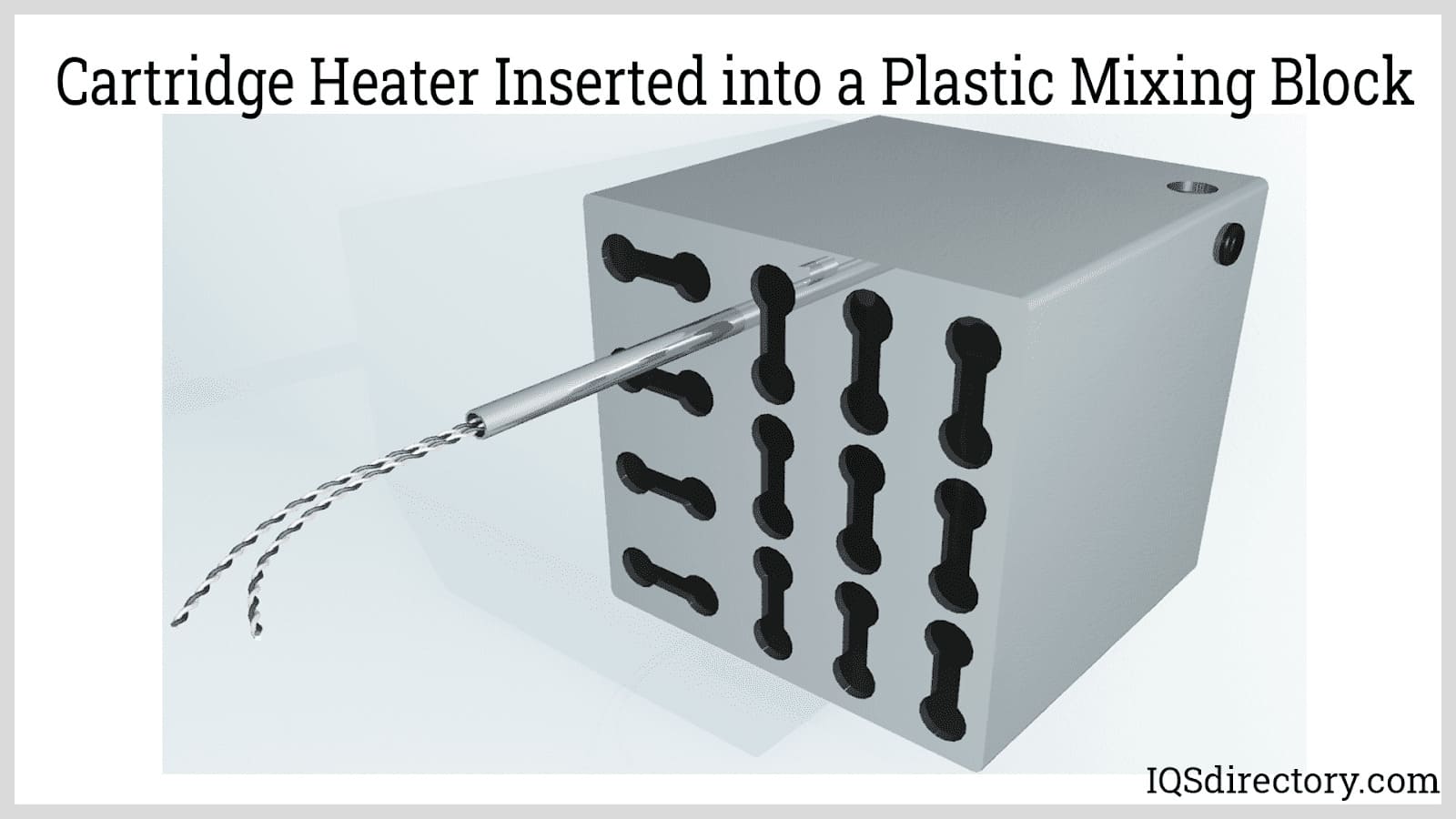
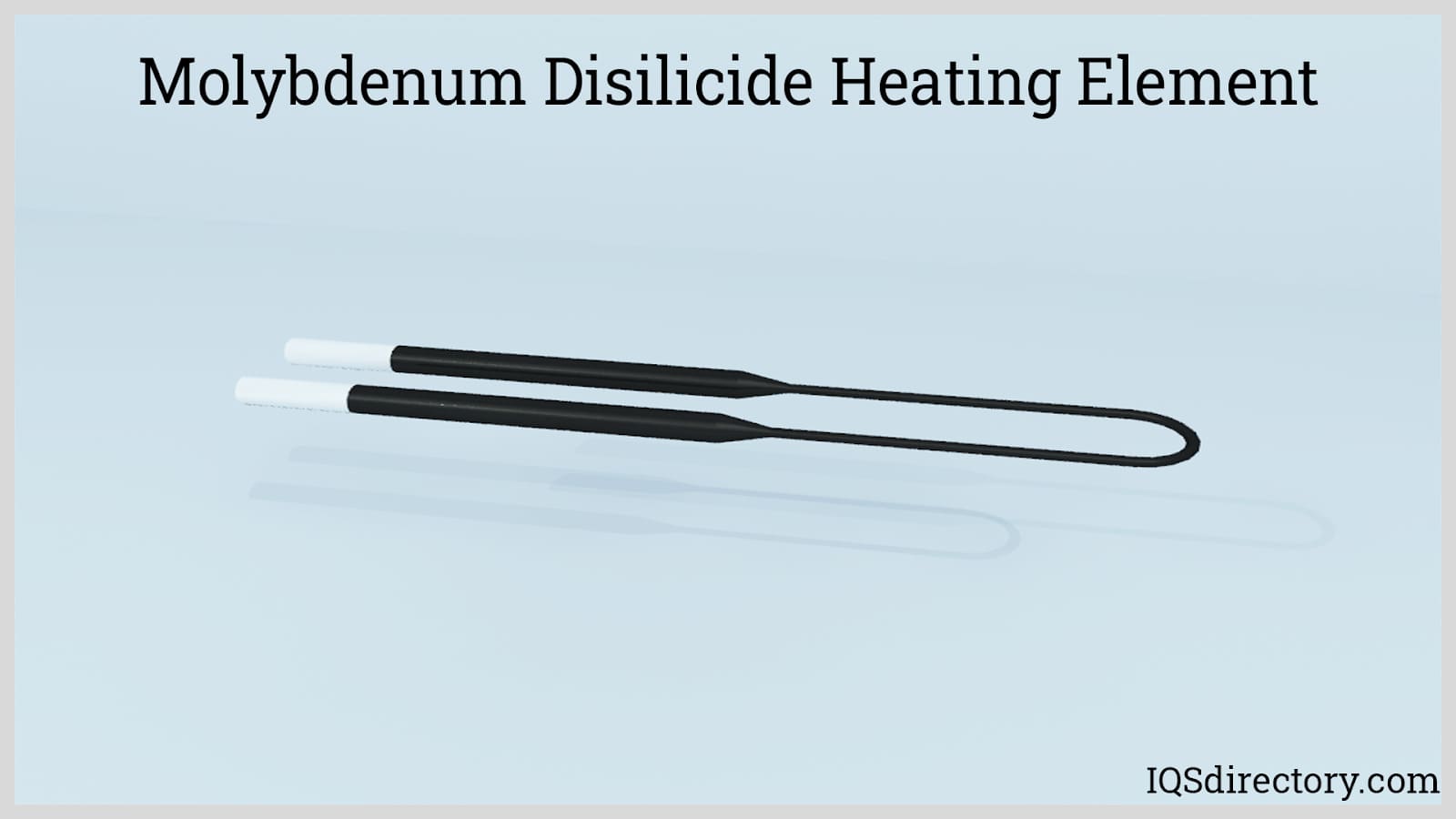
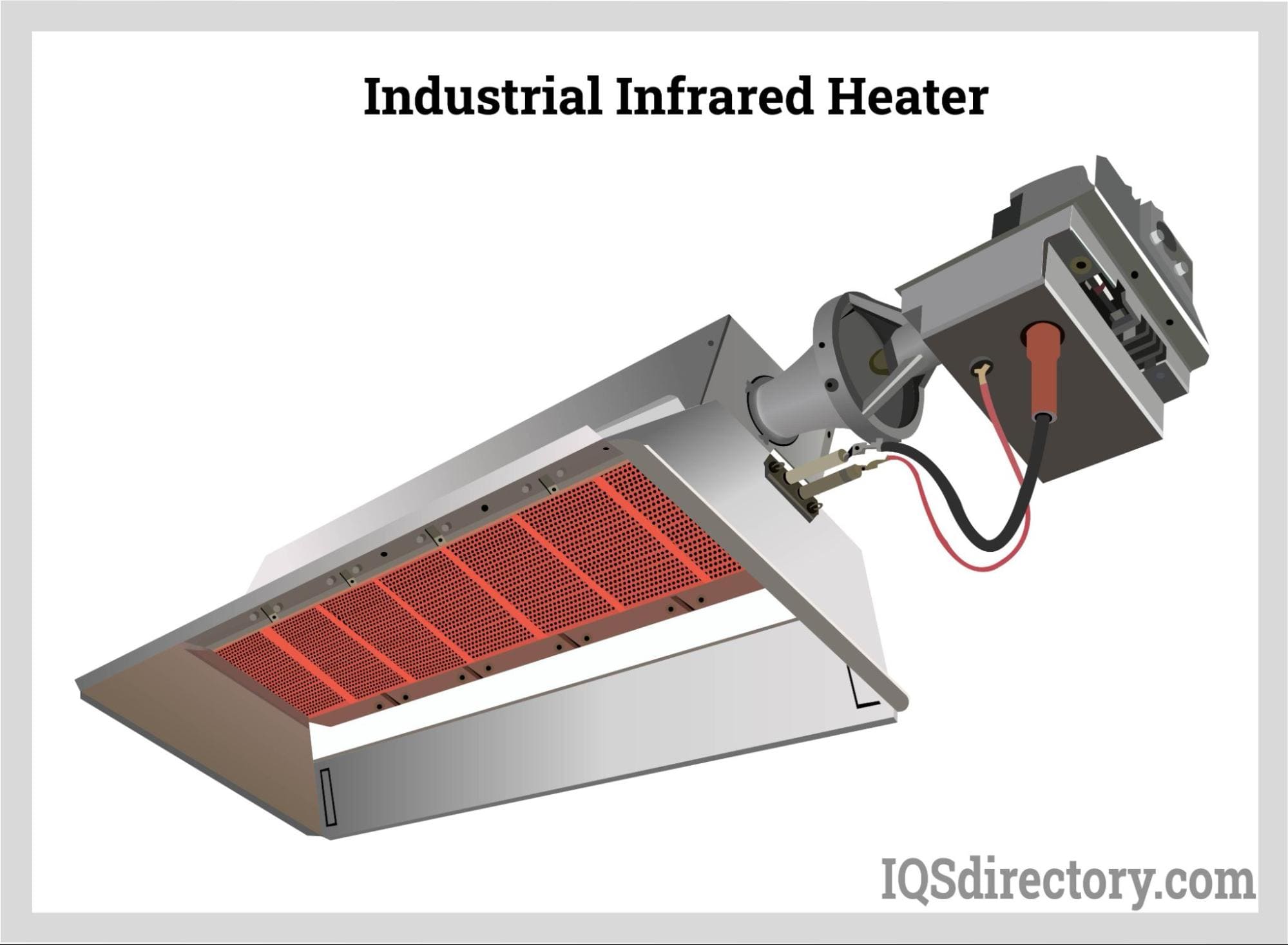
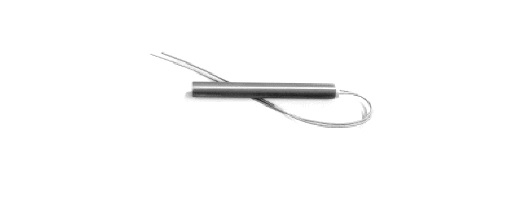 Cartridge Heaters
Cartridge Heaters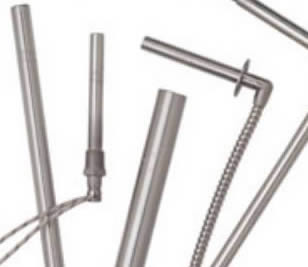 Electric Heaters
Electric Heaters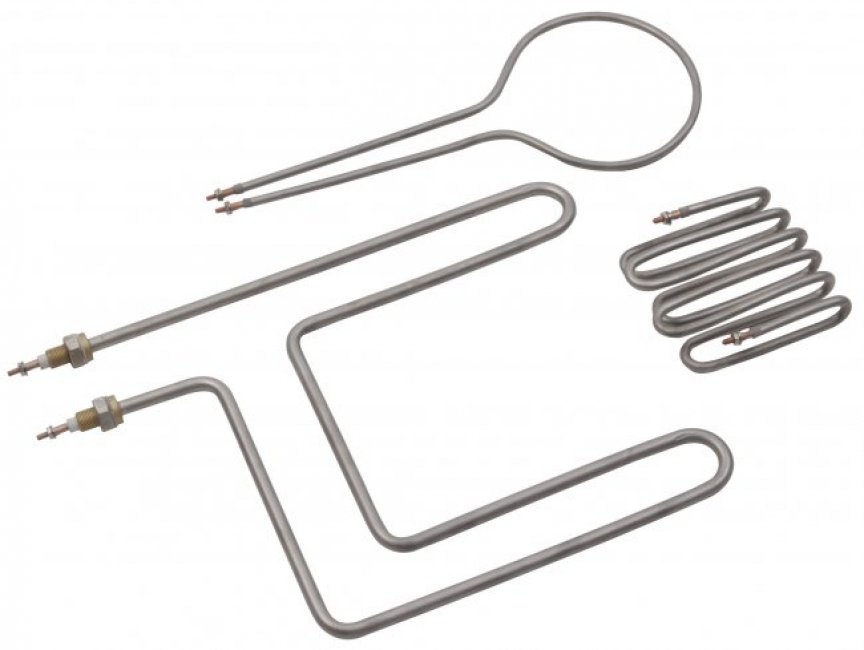 Heating Elements
Heating Elements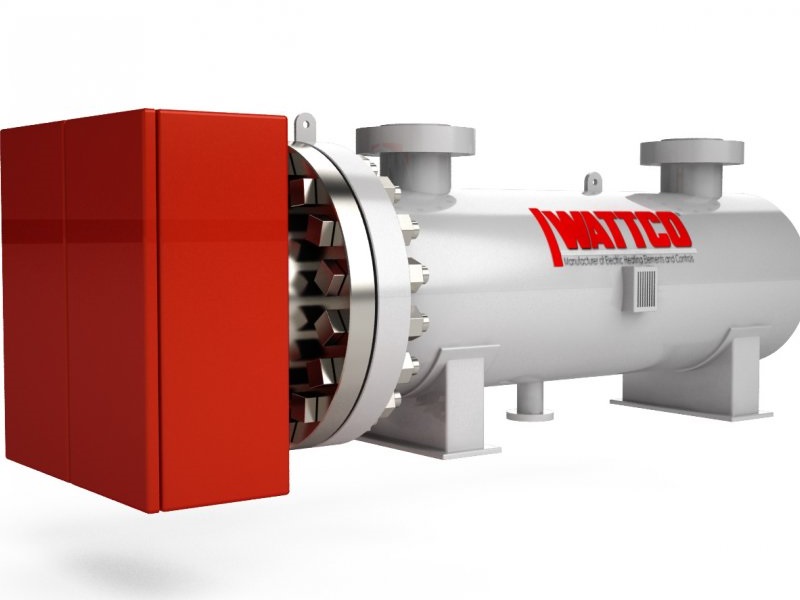 Immersion Heaters
Immersion Heaters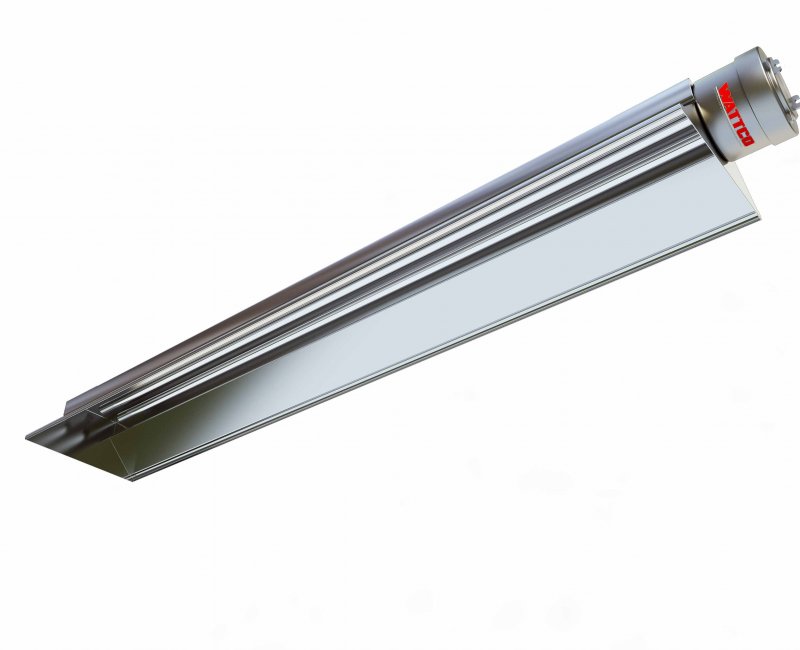 Infrared Heaters
Infrared Heaters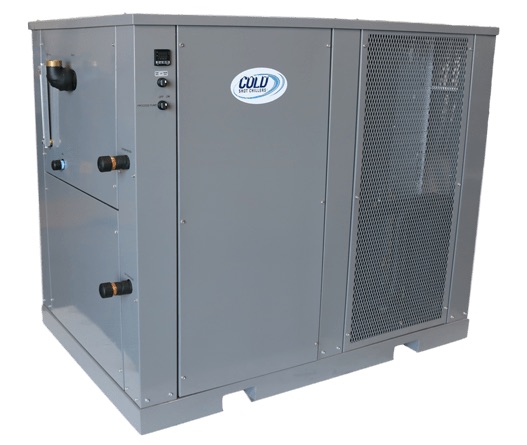 Air Conditioners
Air Conditioners Castings & Forgings
Castings & Forgings Bulk Material Handling
Bulk Material Handling Electrical & Electronic Components
Electrical & Electronic Components Flow Instrumentation
Flow Instrumentation Hardware
Hardware Material Handling Equipment
Material Handling Equipment Metal Cutting Services
Metal Cutting Services Metal Forming Services
Metal Forming Services Metal Suppliers
Metal Suppliers Motion Control Products
Motion Control Products Plant & Facility Equipment
Plant & Facility Equipment Plant & Facility Supplies
Plant & Facility Supplies Plastic Molding Processes
Plastic Molding Processes Pumps & Valves
Pumps & Valves Recycling Equipment
Recycling Equipment Rubber Products & Services
Rubber Products & Services